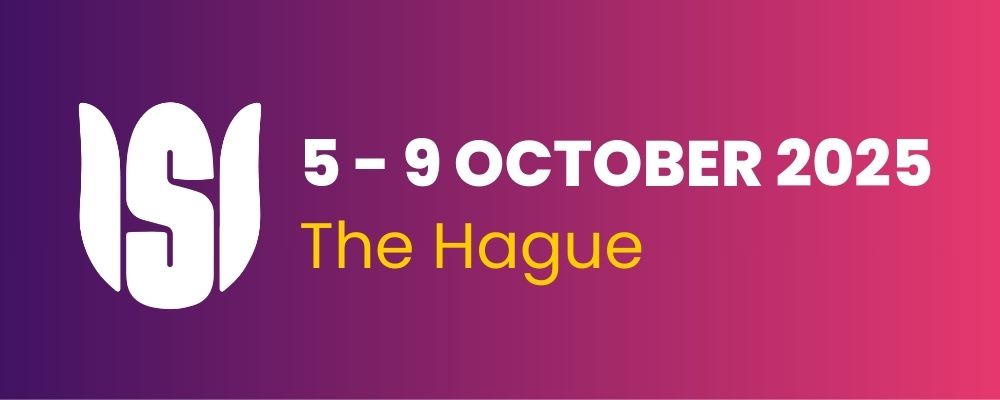Integrated modelling of heterogenous data to understand pollution impacts on fresh waters
Conference
65th ISI World Statistics Congress
Format: IPS Abstract - WSC 2025
Keywords: environmental data
Session: IPS 766 - Modelling and Monitoring Water Resilience and Ecosystem Services
Wednesday 8 October 2 p.m. - 3:40 p.m. (Europe/Amsterdam)
Abstract
At a global scale, freshwater ecosystems are experiencing rapid rates of biodiversity decline. This is a response to the impacts of multiple interacting pressures, such as land use and climate change, overexploitation, pollution, and non-native species introduction. Amongst these pressures, there is growing recognition of the complexity of pollution impacts on aquatic biodiversity, given that organisms are exposed to complex mixtures of chemicals, from multiple sources. To be able to detect and quantify the impacts of such chemical mixtures, we need approaches that maximise the use of monitoring data collected for other purposes, that allow us to discern different types of chemical exposure regime, and that allow us to link these to biological response data. The MOT4Rivers project, funded under the Freshwater Quality Programme of the Natural Environment Research Council (NERC), aims to achieve this at the UK scale. We do this by bringing together monitoring data on water quality parameters, pollutants and biological communities (diatoms, macrophytes, invertebrates), land use products, and hydroclimatic data sets. Here we discuss the challenges of integrating large volumes of heterogeneous environmental data to increase our understanding of the ecological impacts of aquatic pollution, and the use of data science approaches that allow us to address these challenges.
